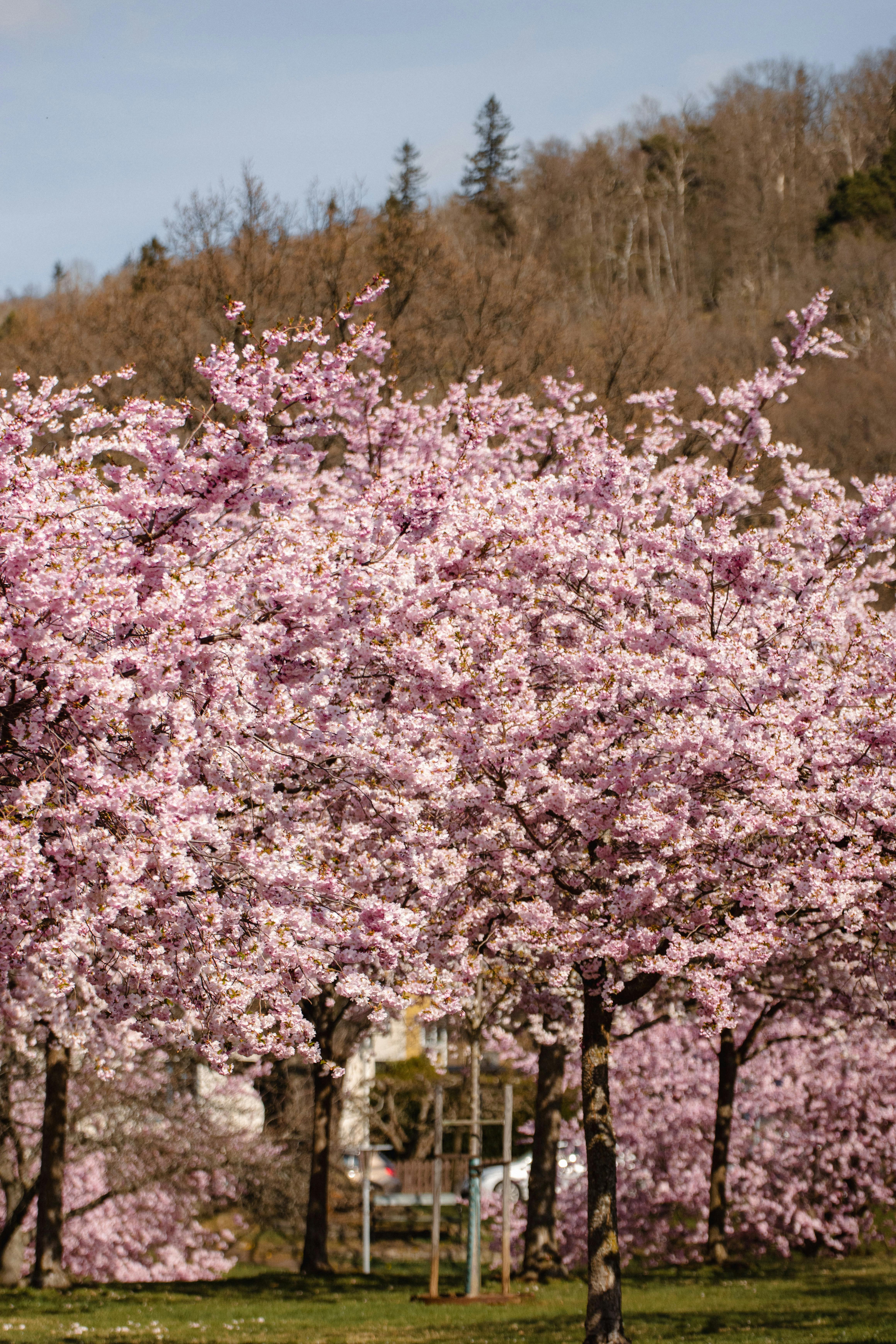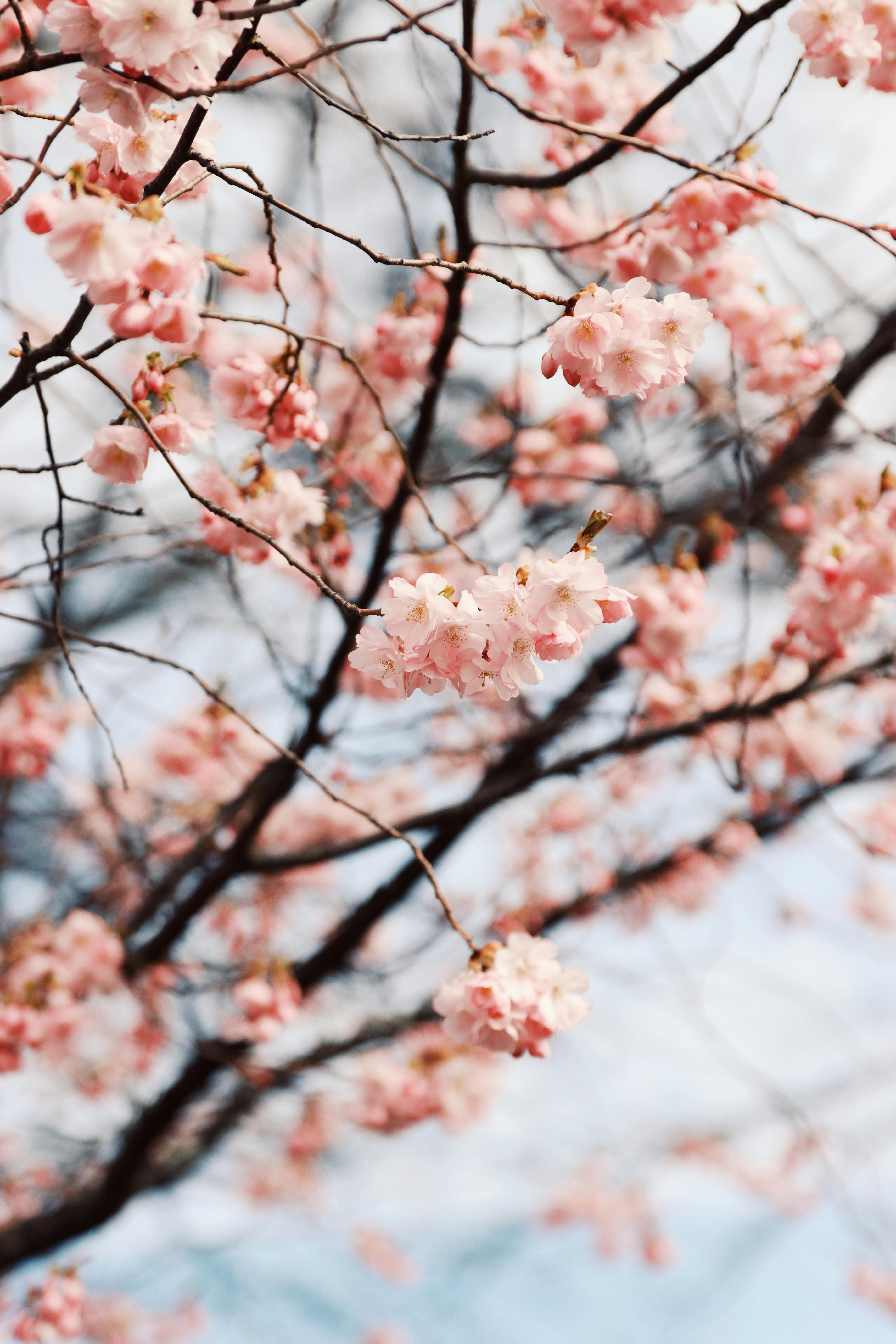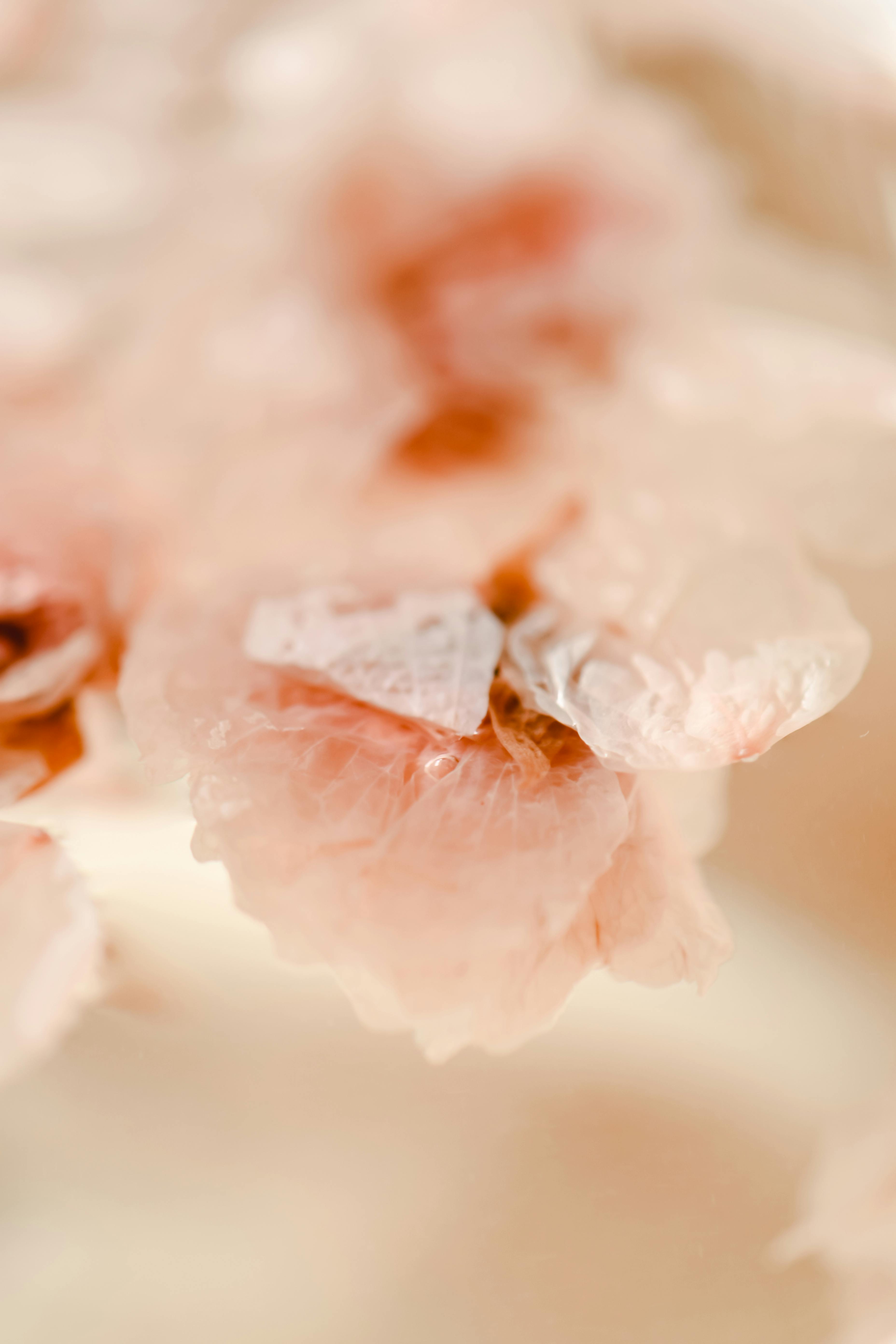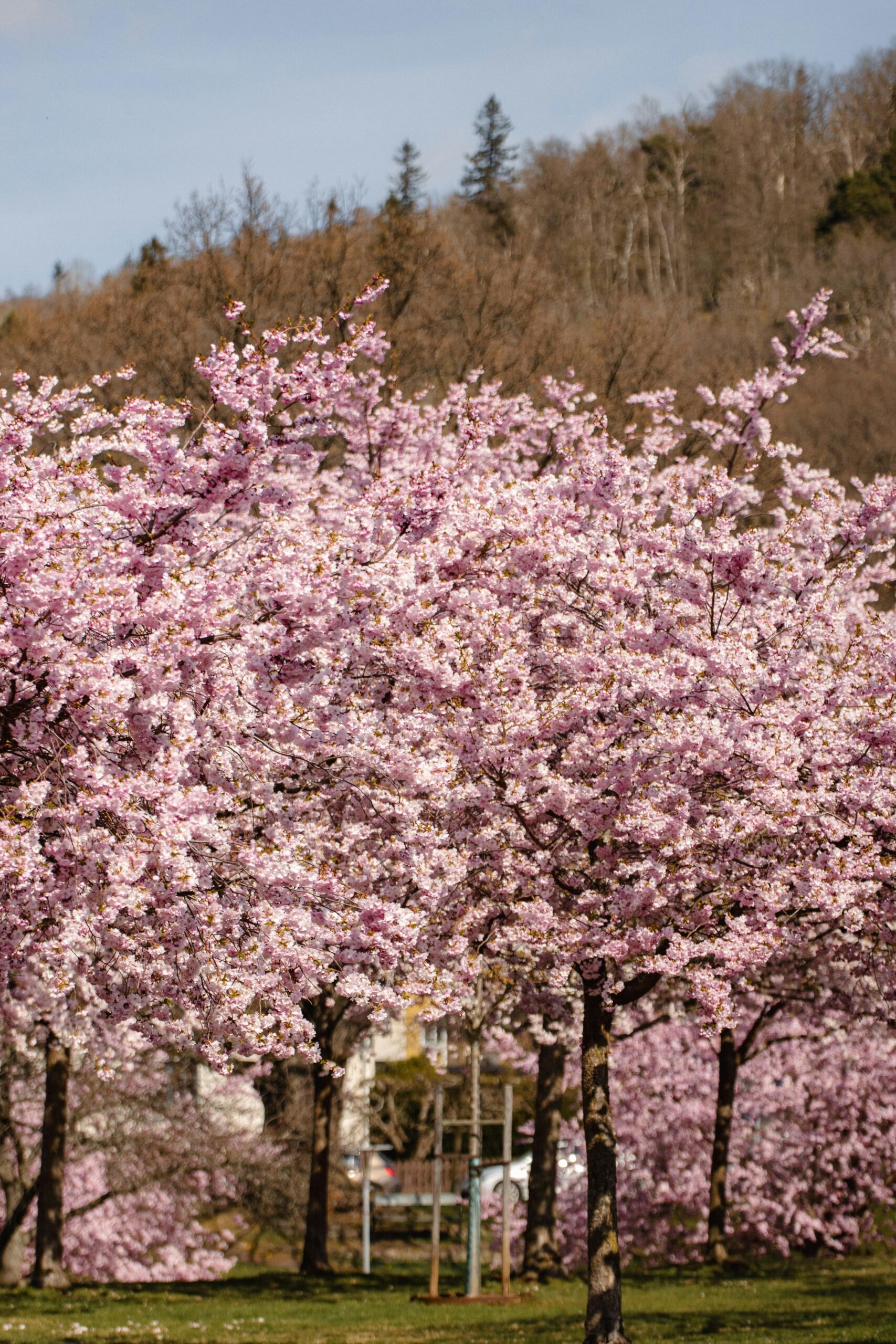Nordic Gardening: Embracing Nature with Minimalism
Nordic gardening is reshaping the world of outdoor living through its serene elegance and ecological wisdom. As people increasingly seek sustainable lifestyles and harmonious environments, this minimalist Scandinavian garden style has gained global relevance. In this comprehensive guide, you’ll explore the roots, principles, practical methods, and future of nordic gardening—empowering you to transform your own space with intention and beauty.

Understanding the Fundamentals
Nordic gardening is a design philosophy rooted in the culture and climate of Northern Europe. It emphasizes simplicity, functionality, and natural beauty—aligning with the broader principles of Scandinavian living. Originating from countries like Sweden, Norway, and Finland, this style has evolved to incorporate sustainable practices and a deep respect for nature.
At its core, this method of gardening focuses on using native plants, clean lines, and subdued colors to mirror the region’s natural environment. Just as a traditional Nordic home relies on warmth and efficiency, so too does its outdoor counterpart—offering both form and function.
1.1 Simplicity and Function
Nordic gardening is built on the idea that less is more. It avoids clutter and favors practical beauty—choosing plants and structures that serve aesthetic and ecological purposes. For example, gravel paths, wooden decks, and mossy borders are preferred over ornate fountains or exotic flowerbeds.
Real-world applications include the use of edible plants within ornamental arrangements or choosing perennials that require minimal upkeep. This simplicity extends not only to visual design but also to the maintenance required, aligning perfectly with modern sustainable living trends.
1.2 Climate-Adapted Planting
What sets nordic gardening apart is its clever adaptation to cold climates. Plants are selected for their resilience against frost, wind, and short growing seasons. This includes varieties like junipers, heathers, dwarf birch, and sedums—each bringing seasonal interest and low maintenance needs.
These hardy species often support local biodiversity and require fewer chemical inputs. Gardens become self-sustaining ecosystems, supporting pollinators and wildlife through native choices rather than ornamental excess.
Practical Implementation Guide
With the fundamentals of nordic gardening in place, the next step is implementation. The beauty of this approach lies in its adaptability—whether you’re working with a sprawling backyard or a compact city patio. Results may take time but offer enduring value.

2.1 Actionable Steps
- Plan with Purpose: Start by observing your space. Understand sunlight patterns, wind direction, and existing vegetation. Draft a layout with zones for planting, seating, and movement.
- Select the Right Materials: Use natural, local materials such as timber, stone, or recycled brick. These not only enhance aesthetics but also reduce environmental impact.
- Plant with Intention: Choose a palette of 5–7 plant species that complement your soil and climate. Include evergreens for year-round structure and seasonal perennials for color.
2.2 Overcoming Challenges
Common hurdles include poor soil quality, lack of winter color, or overwatering. Solutions involve soil amendment with compost, selecting winter-interest plants like dogwood or ornamental grasses, and installing proper drainage.
Expert tips include mulching to conserve moisture, grouping plants by watering needs, and integrating rain gardens to manage runoff. With patience, even challenging spaces can flourish through the nordic approach.
Advanced Applications
Once you’ve mastered the essentials, nordic gardening can evolve into a more expressive and experimental space. These advanced applications introduce modern technology and deeper ecological integration.

3.1 Edible Ornamental Integration
One hallmark of advanced nordic gardening is blending edible plants with decorative layouts. Herbs like thyme, chives, and dill not only offer culinary value but also enrich your garden’s texture and scent.
Case studies in Denmark show urban gardens producing up to 40% of household greens from compact plots designed with Nordic principles. Success is measured in reduced grocery bills and enhanced ecological footprint.
3.2 Smart Systems and Sustainability
Modern nordic gardens often incorporate smart irrigation, solar lighting, and permaculture principles. These technologies help automate tasks and reduce waste without disrupting aesthetics.
Compatibility with other systems, such as greywater reuse or composting bins, makes your garden part of a broader sustainability plan. This integration is seamless when planned from the beginning.
Future Outlook
The future of nordic gardening looks promising as climate-conscious landscaping becomes a global priority. Trends point toward regenerative gardening, urban greening, and AI-driven garden design.
Over the next 3–5 years, expect to see increased use of AI in layout planning, drought-resistant cultivar development, and public adoption of Nordic principles in community gardens. To stay ahead, start experimenting with hybrid models now—combining nordic minimalism with local ecology.
Conclusion
Three key takeaways: First, nordic gardening is a minimalist yet richly expressive style. Second, it is deeply rooted in climate-resilient and sustainable practices. Third, it empowers anyone—from beginners to pros—to create low-maintenance, beautiful outdoor spaces.
Ready to redefine your garden? Begin today by planning a simple layout, choosing local plants, and thinking long-term. Your nordic-inspired sanctuary awaits—offering peace, productivity, and a deep connection to nature.
Frequently Asked Questions
- Q: What is nordic gardening exactly? Nordic gardening is a minimalist, eco-friendly landscaping style originating from Northern Europe that emphasizes native plants and natural materials.
- Q: How can I get started with a nordic garden? Begin by observing your environment, creating a basic layout, and choosing 5–7 cold-climate, native plants. Use gravel, wood, and stone for structure.
- Q: How much time does this type of garden require? Maintenance is minimal after the initial setup. Expect to spend 1–2 hours per week during growing season, with seasonal adjustments in spring and fall.
- Q: Is nordic gardening expensive? Costs vary by size and material, but it’s generally budget-friendly. Native plants and reused materials help reduce upfront and ongoing expenses.
- Q: How does nordic gardening compare to English or Japanese gardens? Unlike ornate English gardens or symbolic Japanese gardens, nordic gardening focuses on simplicity, practicality, and climate-resilience.
- Q: Is this style difficult to implement for beginners? Not at all. Its simplicity and adaptability make nordic gardening accessible to all skill levels. Start small and scale as your confidence grows.
- Q: Can nordic gardening work in urban environments? Absolutely. Balcony planters, rooftop gardens, and small patios can all benefit from the nordic approach with proper design and plant selection.
